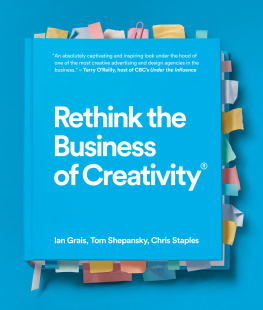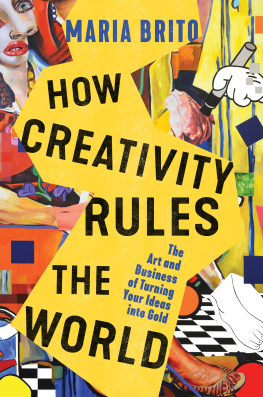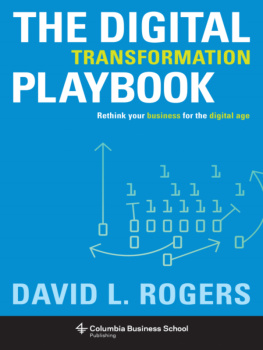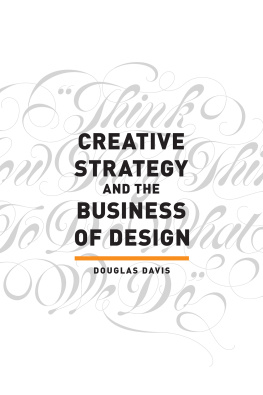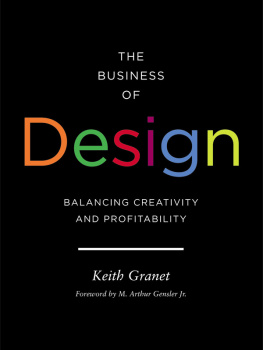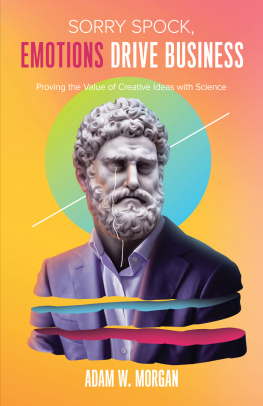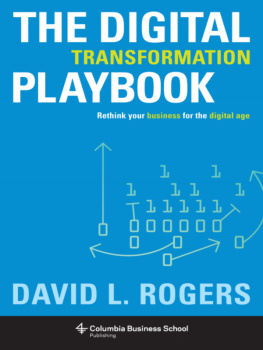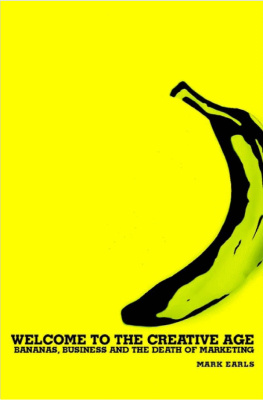To all the Rethinkers and all the clients who believe.
Foreword
When the three Rethink founders invited me to write this opening salvo, I was flattered but curious. Why me? I asked. Ive been out of the industry for nearly two decades!
They answered: Because you were smack in the middle of the West Coast creative renaissance that began fifty years ago. You showed up at historic moments. You rubbed elbows with the legends: Steve Jobs, Jay Chiat, Lee Clow, Frank Gehry... And you worked with high-tech pioneers like Intel, Apple, and Fairchild.
Ive followed Chris, Tom, and Ian since they launched Rethink in 1999. They were competitors, but when they opened I became one of their biggest fans. I envied their talent, their enthusiasm, and their promise. They had the same restless spirit I had seen in creative greats up and down the West Coast. Wed stayed in touch. I enjoyed our chats.
Tom called in October. He, Chris, and Ian were in L.A., planning for their twentieth anniversary. He invited me over for a catch-up, just down the road from my place in Malibu.
Rethink was on quite a run: Theyd blossomed to become Canadas top creative independent, with a level of creative output over the past twenty years that no other Canadian agency could touch. In two weeks they would be celebrated as the top digital agency in the country.
Back on their opening day, before the paint was dry, I gifted them a pricey bottle of Bookers to celebrate the birth. I told them to save it for that landmark momentyoull know it when it happens.
Maybe tomorrow, when the electrician finally turns our power on, Ian groused.
The big moment occurred four years later, when Marketing magazine anointed them as Canadas Agency of the Year. They were throwing a celebration bash and Tom invited me. Were cracking the Bookers and want to share it with you.The event was a love-in, packed with high-octane kids having fun. It reminded me of Chiat/Day and Goodby, Silverstein in their halcyon daysbefore they sold out to Omnicom.
We opened the booze in the stairwell while the party raged on. During a toast I implored them: Dont ever sell!
Rethinks mantra of People, Product, Profit places people as their centrepiece priority. They covet talented and enthusiastic ones who contribute to their special culture, and then incentivize them via imaginative policies and programs that you often dont find in typical ad firms. Like the advice offered in Work-Life Balance (p. 59): Living at the office shouldnt be a point of pride. (Contrast that with the reputation of my alma mater, as exemplified by the office catchphrases Chiat/Day and Night! and If youre not here on Sunday dont bother coming in Monday.)
Once an independent sells to a holding company, prioritizing people becomes impossible. Profit is number one. People become secondary: A means to an end. Expendable.
I know because I was pushed by my partners into selling to one.
Being independent, one could have a great financial year but make less the following year. Not so in the holding company world, where they might bonus you for that good year then assign you a target of 15 percent growth for the nextthen punish you with staff cuts if you come up short.
Nothing destroys a creative culture as much as staff cuts. My first ad job was in L.A., with Chiat/Day. I was their first employee and spent twenty-three years there (including stints as founder CEO of their San Francisco and Toronto offices). We were the toast of the town. Then after Steve Jobs hired us at Apple, the toast of every town. But in our infancy we suffered a major setback when we lost our then-biggest account, Honda Auto-mobiles. Honda was 60 percent of our revenue and 90 percent of our identity. It was demoralizing. The clinical decision would have been to immediately cut staff to adjust to the revenue shortfall.
But Jay Chiat wasnt clinical: If we lose these people weve got nothing left. So if were going to die, lets at least do it with drama.
The higher-paid people took 20 percent pay cuts, and everyoneelse took 10 percent. He held staff, dug in, and about six months later was able to restore everybodys salaries. Two months after thatwe all found envelopes on our desks. Inside was a cheque for the pay we had lost, with a one-word handwritten note from Jay: Thanks.
Our competitors were doomed.
When Rethink began they reminded me of one of the West Coasts greatest creative companies ever: Goodby, Silverstein (to whom I lent a hand when they opened). Three charming, irresistible and talented guys escaping the purgatory of conglomerate agencies to create something unique. Goodby was the most electric shop in San Francisco. Once a year they threw a wild birthday party honoring Jeff Goodbys muse, Howard Gossage. Every creative lusted to work there. Nine years later the agency experienced some internal bickering. A partner left. They suffered some money angst. And they sold to Omnicom. Gossage parties became a thing of the past. Twenty years later, Jeff reflected on their decision: If I look back on The Sale strictly from a financial standpoint, if I had to do it again, Im not sure I would. I think wed have made more money had we stayed independent.
The Rethink guys didnt make the same mistake.
When I reconnected with them in Malibu, I witnessed something reassuring and seldom seen: Nearly two decades later these guys had remained inseparable pals. Partners with shared values, a harmonic agenda, and an emboldened commitment to independence.
This degree of camaraderie is difficult to realize in long-term creative partnerships, especially in industries where egos frequently come into play, disagreements become irreconcilable, and selling looks like a way out.
Its a testament to Rethinks tenacity and passion that they forged a different path. Theyve stuck to their values and created something that just keeps getting better.
Enjoy and learn from this inspiring book. I certainly did.
Chuck Phillips
April 1, 2019, Malibu
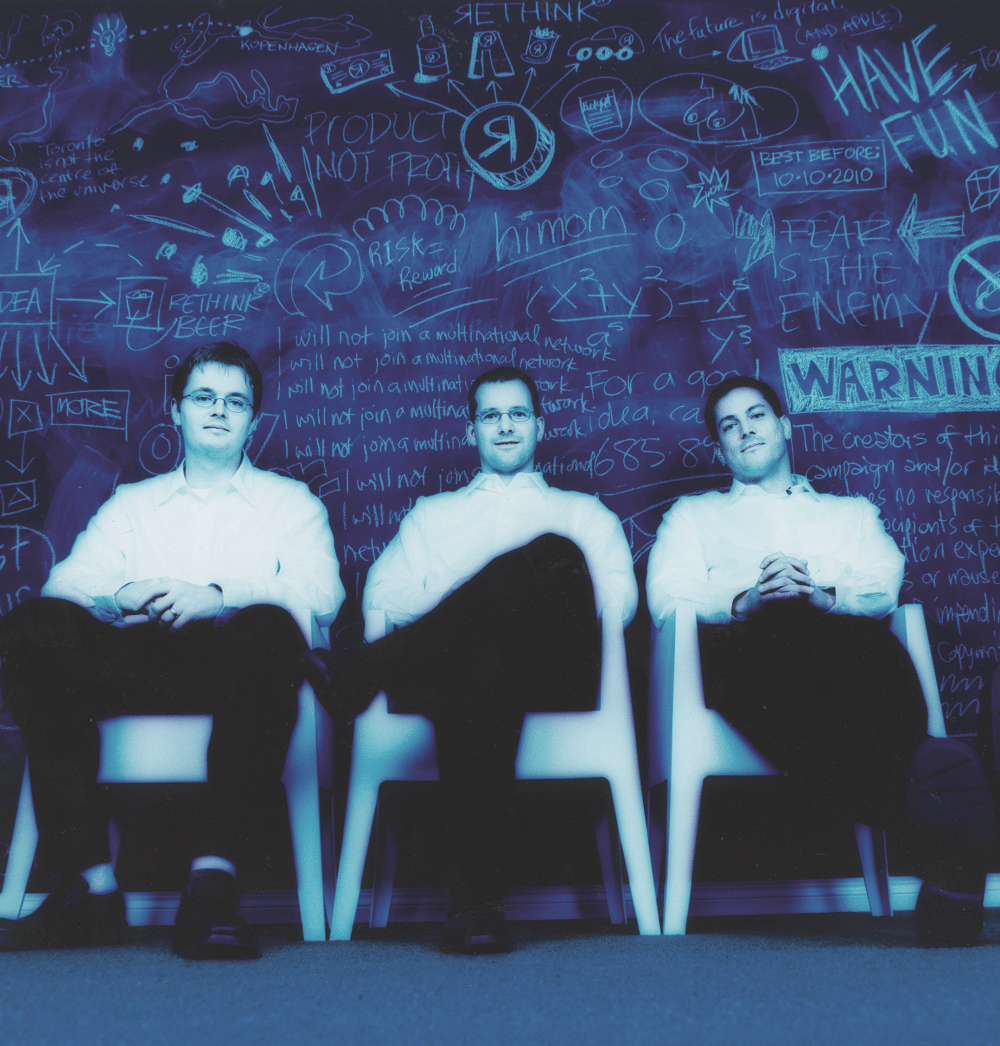
Rethink founders from L to R: Ian Grais, Tom Shepansky, Chris Staples, 1999.
Introduction
This is a book for creative problem-solvers. That means people in so-called creative industries, like advertising, design, film, architecture, gaming, and software development. But its also for anyone who wants to inject fresh creative thinking into their business, whatever that may be.
Its designed to be a tool kit of useful tips, tricks, processes, and beliefs that collectively can help create a culture that inspires great ideas, without sacrificing peoples lives or the bottom line. These tools are the principles that weve retained as the industry and the world changes around us. They are the product of us continuously rethinking how we can create great work in a volatile business environment.
Each section is introduced by one of our founders and each chapter was created with contributions from Rethinkers across the countryboth words and visuals. Feel free to read from start to finish, or jump around from chapter to chapter.
Some of the tools predate the founding of Rethink in 1999. In the early 1990s, Rethinks founders were working at an agency in Vancouver, hardly considered an advertising hot spot. Chris Staples and Ian Grais were creative directors, and Tom Shepansky was the suit in charge of accounts.
Palmer Jarvis was the biggest shop in town. They excelled at buying clients three-martini lunches, but very little else. This was borne out at the local awards show, where year after year PJ would win zippo. Finally, in 1993, owner Frank Palmer snapped. He had money, but no respect. He set out to change that by improving the agencys creative product. Frank brought in a retired ad guru named Ron Woodall to map out an exhaustive game plan with the audacious goal of reaching number one on the Canadian awards tally. It was a tall order for a shop then ranked sixty-ninth out of eighty-five. Three years later, Palmer Jarvis reached number oneand stayed there for years to come.

